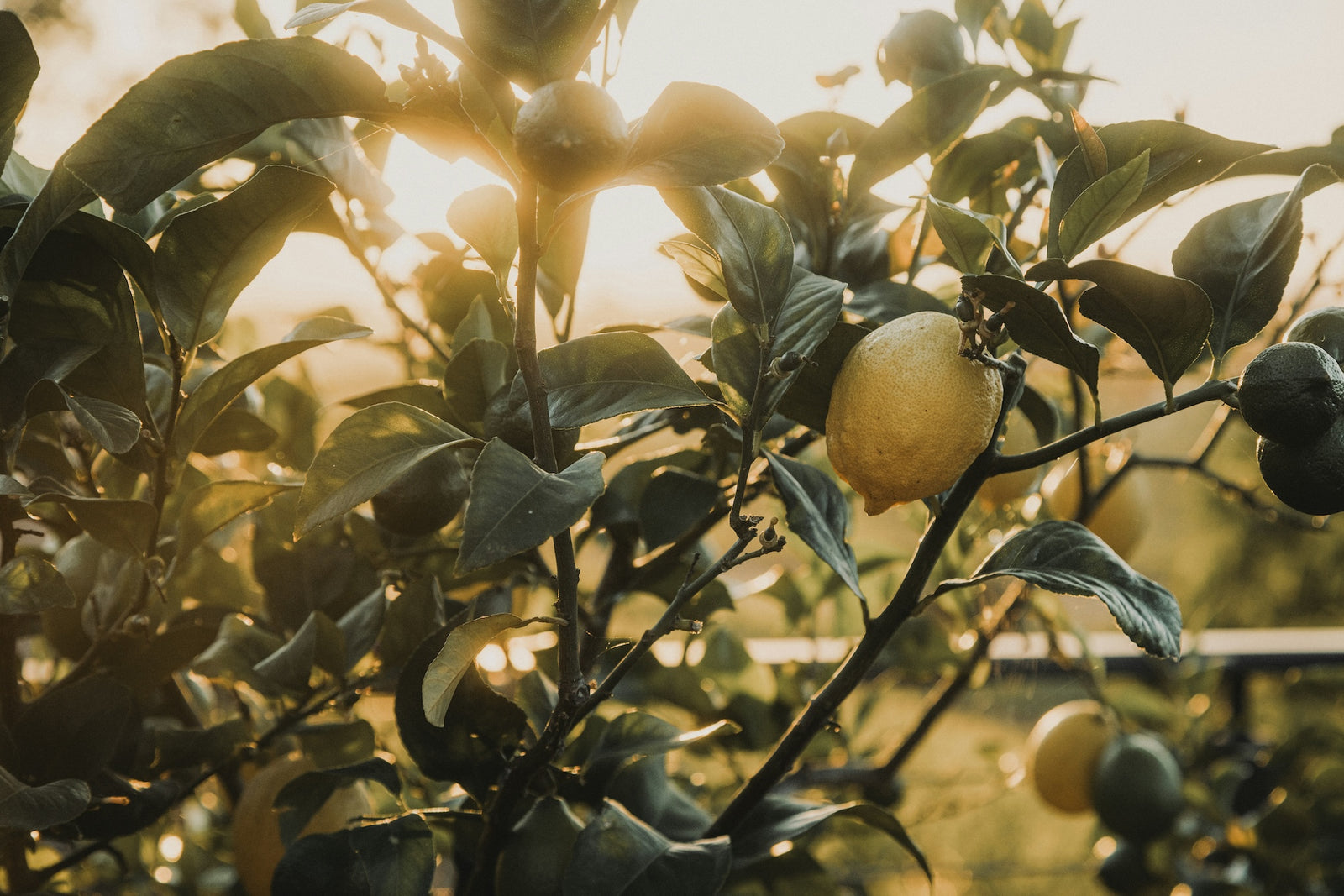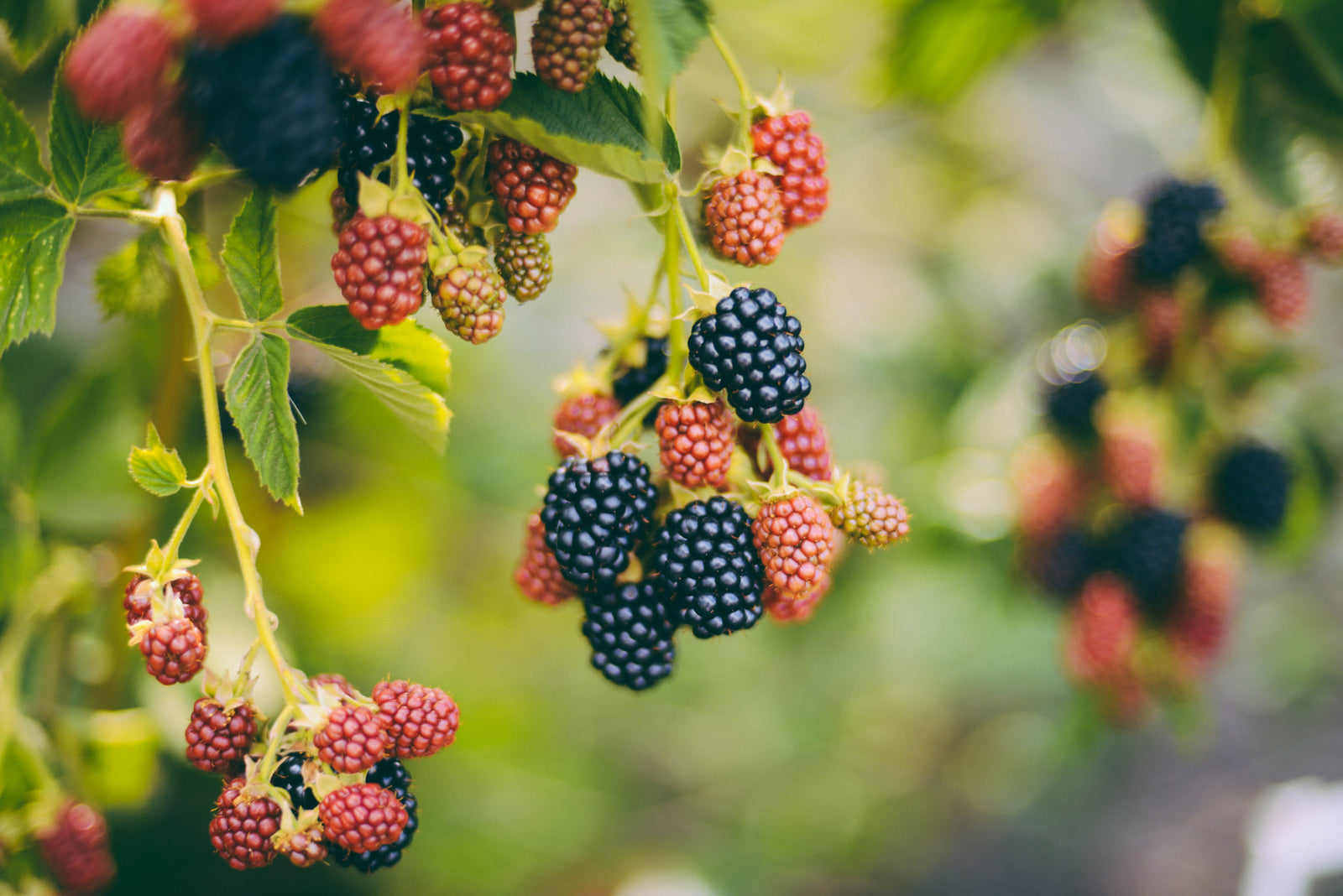
San Diego’s mild climate makes it an ideal location for growing citrus trees, but winter brings unique challenges. While it may not get as cold as other parts of the country, San Diego winters can still affect citrus tree health. To ensure your citrus trees thrive through the cooler months, follow these essential care tips. This guide will cover everything from protecting your trees from cold snaps to managing watering and pest control, tailored for citrus care in San Diego.
Table of Contents:
- Cold Protection for Citrus Trees
- Watering Citrus Trees in Winter
- Pruning and Maintenance
- Fertilizing Citrus Trees
- Pest and Disease Management
- Harvesting Citrus in Winter
- Conclusion

1. Cold Protection for Citrus Trees
Even though San Diego’s winters are relatively mild, occasional cold snaps can harm your citrus trees. Citrus trees, especially young ones, are vulnerable to frost damage when temperatures drop below 32°F (0°C). While the coastal areas of San Diego are less prone to frost, inland regions can experience colder temperatures.
Frost Protection Tips:
- Cover Your Trees: If frost is expected, cover your trees with frost cloths, blankets, or tarps overnight. Remove these coverings during the day to allow sunlight in.
- Use Mulch: Adding a thick layer of mulch around the base of the tree helps insulate the roots, keeping them warmer during cold spells.
- Water Properly: Well-hydrated trees are more resistant to cold damage. Water your trees thoroughly before a cold night to help retain heat in the soil.
- Wind Protection: If your citrus trees are in a windy location, consider installing windbreaks, as cold winds can further stress the trees.
2. Watering Citrus Trees in Winter
Watering Guidelines:
- Monitor Soil Moisture: Check the moisture level of the soil about 2-4 inches deep. Water only when it feels dry to the touch.
- Avoid Overwatering: Overwatering can lead to root rot, especially in winter when the tree's water needs are lower. Adjust your irrigation schedule based on rainfall and cooler temperatures.
- Deep Watering: When you do water, irrigate deeply but less frequently to encourage deep root growth and minimize surface evaporation.

3. Pruning and Maintenance
Winter is an excellent time to prune citrus trees in San Diego. Removing dead or damaged branches allows the tree to focus its energy on producing healthy new growth in spring. However, avoid heavy pruning just before an expected cold snap, as this can make your tree more susceptible to frost damage.
Pruning Tips:
- Remove Dead Wood: Cut away any dead, damaged, or diseased branches to improve airflow and overall tree health.
- Light Shaping: While heavy pruning isn’t recommended in winter, light shaping can be done to control the size and shape of the tree.
- Sterilize Pruning Tools: Always sterilize your pruning tools before and after use to prevent the spread of disease.
4. Fertilizing Citrus Trees
Citrus trees in San Diego typically do not need fertilization during winter. It’s best to wait until early spring when the tree starts showing signs of new growth. Fertilizing during the dormant season can lead to soft new growth that is more susceptible to cold damage.
Fertilization Schedule:
- Early Spring: Use a balanced citrus fertilizer in early spring to promote healthy growth and fruit production.
- Mid-Summer Application: A mid-summer application may be necessary depending on the health and vigor of your tree.
A Comparison
Fertilizing Citrus Trees in San Diego
| Citrus Variety | Fertilization Schedule | Harvest Season | Special Care Considerations |
| Oranges |
Spring (Feb - Mar): Use a balanced citrus fertilizer. Summer (June - July): Apply a second round of fertilizer to support fruit growth. |
Winter to Early Spring (Dec - Mar) |
- Protect from cold snaps, especially in inland areas. - Prune lightly in winter to maintain airflow. |
| Lemons | Spring (Feb - Mar): Use a high-nitrogen fertilizer for optimal growth. Summer (June - July): Apply a light dose if needed based on tree health. |
Year-Round Harvest (Peak: Nov - Feb) |
- Lemons are more cold-sensitive, so exra frost protection is necessary. - Maintain regular watering, especially during fruiting. |
| Tangerines | Spring (Feb - Mar): Apply a balanced fertilizer with micronutrients. Summer (June - July): Fertilize to support fruit development. |
Winter to Early Spring (Dec - Feb) |
- Thinning fruit clusters may help with tree health and fruit size. - Watch for pest infestations during colder months. |
| Grapefruits |
Spring (Feb - Mar): Use a citrus-specific fertilizer high in potassium. Summer (June - July): Fertilize to maintain healthy fruit production. |
Later Winter to Spring (Jan - Apr) |
- Requires deep watering in winter due to large fruit size. - Sensitive to root rot, so avoid overwatering during cool months. |

5. Pest and Disease Management
Even in winter, it’s essential to keep an eye out for pests and diseases. While pest activity may slow down in colder months, some insects like aphids, scale, and mites can still pose a threat to your citrus trees.
Winter Pest Control:
- Monitor Regularly: Check for signs of pests, such as yellowing leaves, sticky residue, or the presence of small insects on the underside of leaves.
- Use Horticultural Oils: Applying horticultural oil in winter can help manage pests like scale and mites without harming beneficial insects.
- Remove Debris: Clear away fallen leaves and debris from around the base of the tree, as these can harbor pests and diseases.

6. Harvesting Citrus in Winter
Winter is a prime time for harvesting many citrus varieties in San Diego. Oranges, lemons, tangerines, and grapefruits often reach peak ripeness during the cooler months, making it the perfect time to enjoy your homegrown fruit.
Harvesting Tips:
- Check Ripeness: Citrus fruits do not ripen off the tree, so be sure to harvest them when they are fully ripe. Look for a firm feel, bright color, and ease of removal from the branch.
- Use Proper Tools: Use pruning shears or scissors to harvest fruit to avoid damaging the tree’s branches.
- Store Correctly: After harvesting, store your citrus fruit in a cool, dry place to extend its shelf life.
Conclusion
Caring for citrus trees in San Diego during winter doesn’t have to be complicated. By following these essential tips for cold protection, proper watering, light pruning, and pest management, you can ensure your citrus trees remain healthy and productive year-round. With a little attention and care, your trees will thrive through the winter months and reward you with delicious, homegrown fruit.
For more localized advice and information about citrus care in San Diego, feel free to stop in to any of our 3 locations in San Diego or give us a call and talk to one of our experts.



